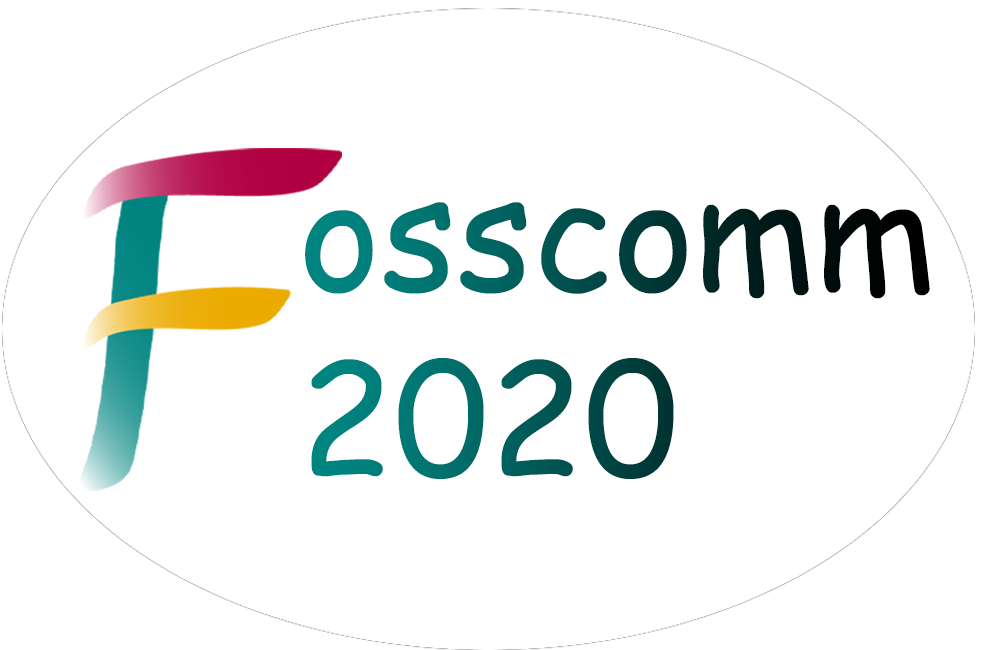2020-11-21, 17:00–17:30, Κύρια Αίθουσα Ομιλιών
Nowadays, modern technologies such as 5G wireless networks, Cloud Computing and Internet of Things (IoT) have evolved rapidly. These technologies enable the development of innovative healthcare systems based on a human-centered model. In this work, a model that allows the monitoring of the health of people with diabetes is proposed. Regarding the design of the proposed model, blood glucose measurements are frequently performed using IoT devices. Subsequently, these devices transmit the measured values to a patients’ smart device (e.g. a smartphone or tablet). Whenever a patient’s blood glucose levels are Low or High, the device communicates with a remote medical infrastructure and triggers an alarm. In order to assure the immediate response of the remote medical staff, the proposed model is deployed upon a 5G wireless network architecture which ensures minimal communication delays. Thus, the medical staff can immediately provide the required care or advice remotely to each patient.
In this work, a Dexcom G5 Continuous Glucose Monitoring (CGM) IoT device monitors patients’ blood glucose levels. Specifically, measurements about the patient’s blood glucose levels are periodically performed. Then, the IoT device transmits the measurements to a smart device of the patient (e.g. a smartphone or tablet). In cases where high or low blood glucose levels observed, the smart device of the patient communicates with a remote medical infrastructure and triggers an alarm. For assuring the immediate response of remote medical staff in emergency situations, the proposed system is deployed upon a dense 5G wireless network architecture. The network architecture applies the operation principles of Ultra Dense Networking (UDN) aiming at the support of ultra-low latency communication between the patient’s device and the remote medical infrastructure. In general, UDNs define that a large number of small communication cells, such as Femtocells, is deployed inside the network coverage area in order to increase the overall capacity of the access network. Through this access network architecture, the medical staff can provide the required care or advice remotely to each patient in real time.
